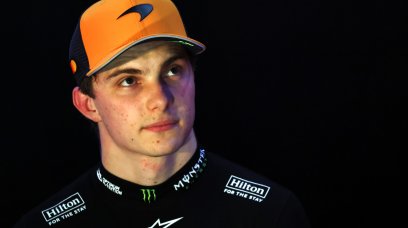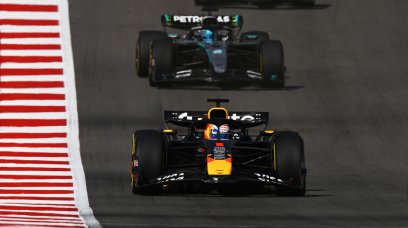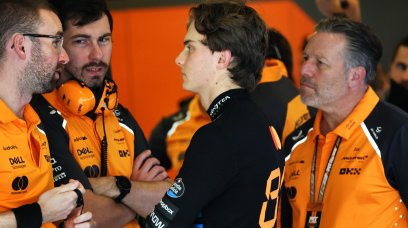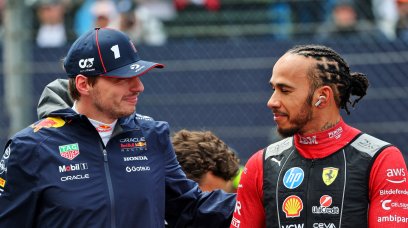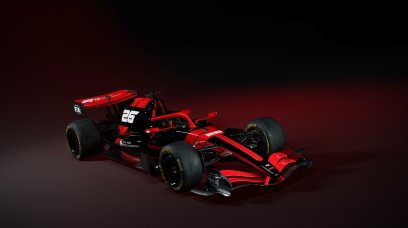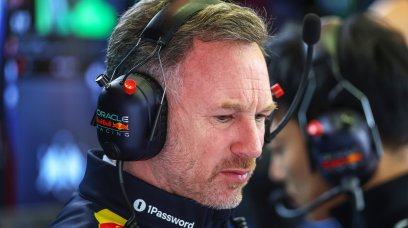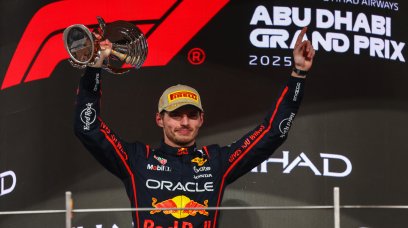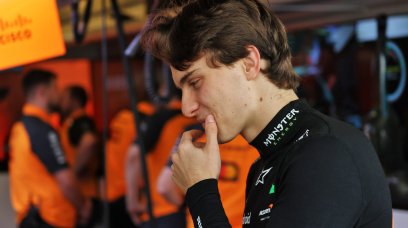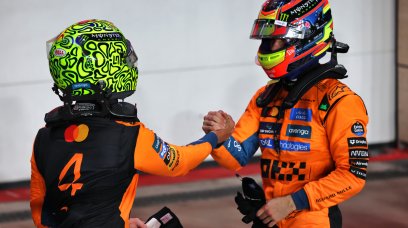Although we may believe that their entire test plan was positive, something made us sceptical, especially when considering tyre degradation. On the first day, the car had proved strangely prone to porpoising, more than any other single-seater on the track, but the second day of testing at Sakhir highlighted an indisputable quality of the Ferrari SF-23, which seemed responsive to minor adjustments. At the end of test day one, there were doubts about last year's championship runners up, especially if the Red Bull RB19 was taken as a comparison, with which Verstappen had dominated both for the number of laps covered and for the performance shown. Beyond the aerodynamic validation program carried out in the two sessions on day one, the SF-23 seemed to have an imperfect balance, with a rather pronounced instability of the front end, and a rear end which tended to lose grip when exiting the corners. The predominant reasons behind this behaviour were a combination of specific aerodynamic and suspension settings, to be refined with appropriate adjustments.
Ferrari focussing on themselves
More specifically, it is correct to consider that certain suspension adjustments were made with the aim of collecting aerodynamic data with constant ground clearance, as was evident in a rather striking way in the afternoon of the first day. The SF-23 was equipped with supports connected to the fake cameras on the sides of the nose, to prevent the front wing from bending, which would have effectively changed the surrounding conditions and prevented the collection of significant data. In order to carry out the work program envisaged on the first day, Ferrari did not prioritise setup work to seek performance, but instead started from a sort of 'neutral' base which would allow the engineers to understand the true behaviour of the car. This would allow them to be able to proceed with the progressive refinement of the aerodynamic and mechanical setup on the second day. It was a programme that was strictly followed on Friday, with only minor adjustments, mainly concentrated on the front axle, where the ride heights and toe in (the position of the wheels inwards or outwards) were modified.
These adjustments, alongside an aerodynamic setup that has not undergone substantial changes compared to the basic configuration of the previous day, have made it possible to find the balance that had seemed precarious the day before. A noticeable change arrived during a very short outing on the last test day, where Ferrari use a very interesting single pylon rear wing that likely will be used this week, or at latest in Saudi Arabia. To corroborate the impression that the morning session had provided, Leclerc's long run was added in the afternoon by mounting C1 tyres in the last part of a race simulation, showing a very consistent race pace, in line with that of Red Bull. Traction out of the corners was a the real strong point of this car, but only up to the moment of an obvious performance drop-off for the C3 tyres (which will be the softest available tyre for the Bahrain GP itself).
The extreme aerodynamic concepts are a major plus point of the SF-23, emphasised by the bypass duct. This one-of-a-kind 'S-duct' energises the hot air flow from the radiators and directs it to the rear. The aerodynamicists from Maranello have attracted the attention of many rival engineers in Bahrain, but the team should have little concerns about legality issues, given the number of discussions held with the FIA regarding this design. How do you think Ferrari will get on in 2023? Can they fight for the championship? Vote below and let us know your thoughts!
Most read
